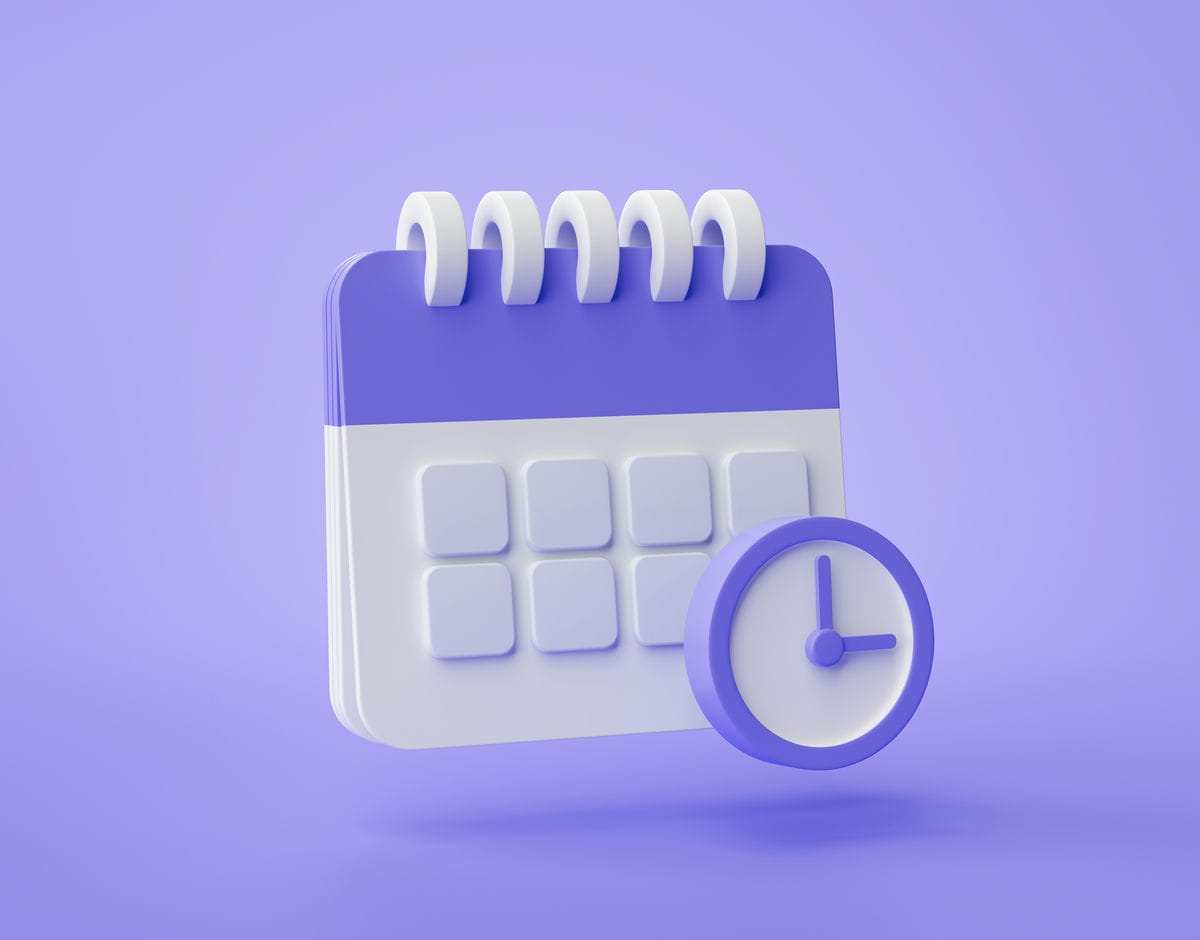When it comes to radon exposure, there is a common misconception that it can cause headaches. However, this is not the case. Radon is a colorless, odorless, and tasteless radioactive gas that occurs naturally in the environment. It is a known carcinogen and a significant health risk, primarily linked to lung cancer. While radon exposure can have severe consequences, headaches are not typically associated with it.
Table of Contents
Understanding Radon Exposure
Radon is produced by the decay of uranium in soil, rock, and water. It can seep into buildings through cracks in the foundation, gaps in floors, walls, and pipes, as well as through well water.
Once indoors, radon can accumulate to dangerous levels, especially in poorly ventilated spaces.
Health Risks of Radon Exposure
The primary health risk associated with radon exposure is lung cancer. When radon gas is inhaled, it decays into radioactive particles that can damage lung tissue and lead to cancer over time.
According to the World Health Organization (WHO), radon is estimated to cause about 3% of all lung cancer deaths globally, making it a significant public health concern.
Symptoms of Radon Exposure
Unlike some other airborne pollutants, radon exposure does not typically cause immediate symptoms such as headaches, dizziness, or nausea.
In fact, radon poisoning is often symptomless, which is why it is often referred to as a silent killer.
This lack of obvious symptoms makes it essential to test for radon levels in homes and workplaces to ensure early detection and mitigation of exposure risks.
Testing for Radon
Testing for radon is a straightforward process that can be done using DIY test kits or by hiring a professional radon measurement service.
These tests measure the concentration of radon in the air and provide valuable information about the level of exposure.
The U.S. Environmental Protection Agency (EPA) recommends that homes be tested for radon every two years and that action be taken if levels exceed 4 picocuries per liter (pCi/L).
Mitigating Radon Exposure
If high levels of radon are detected in a building, there are several strategies that can be employed to reduce exposure.
Radon mitigation techniques include sealing cracks in the foundation, improving ventilation, installing radon mitigation systems, and in some cases, modifying the building’s structure to prevent radon entry.
These measures can significantly reduce radon levels and minimize health risks associated with exposure.
Conclusion
In conclusion, while radon exposure is a serious health risk that is primarily associated with lung cancer, it does not typically cause symptoms like headaches.
Understanding the dangers of radon, testing for its presence, and taking appropriate mitigation measures are essential steps in protecting yourself and your loved ones from the harmful effects of this radioactive gas. By staying informed and proactive, you can create a safer and healthier environment for yourself and those around you.
Remember, when it comes to radon, prevention and awareness are key to safeguarding your health and well-being.




